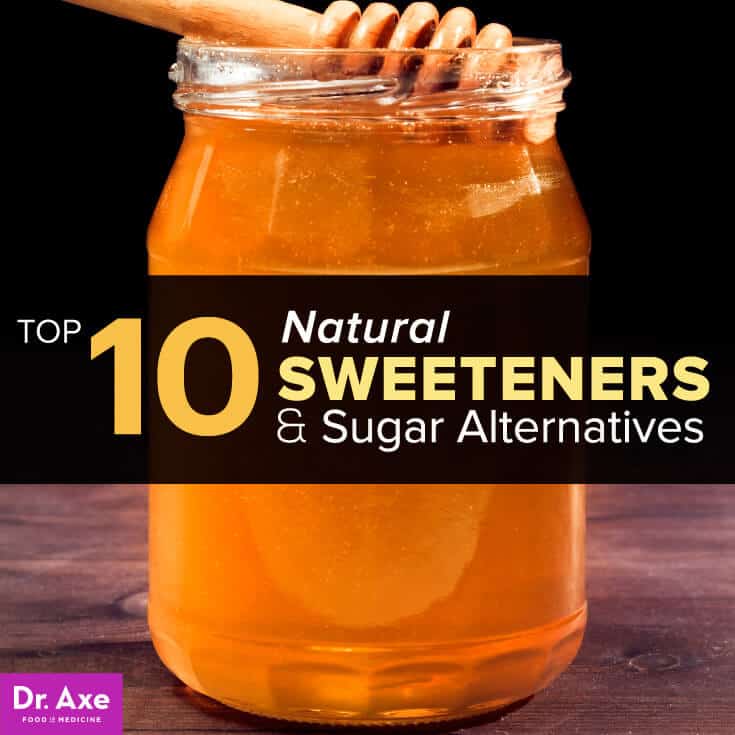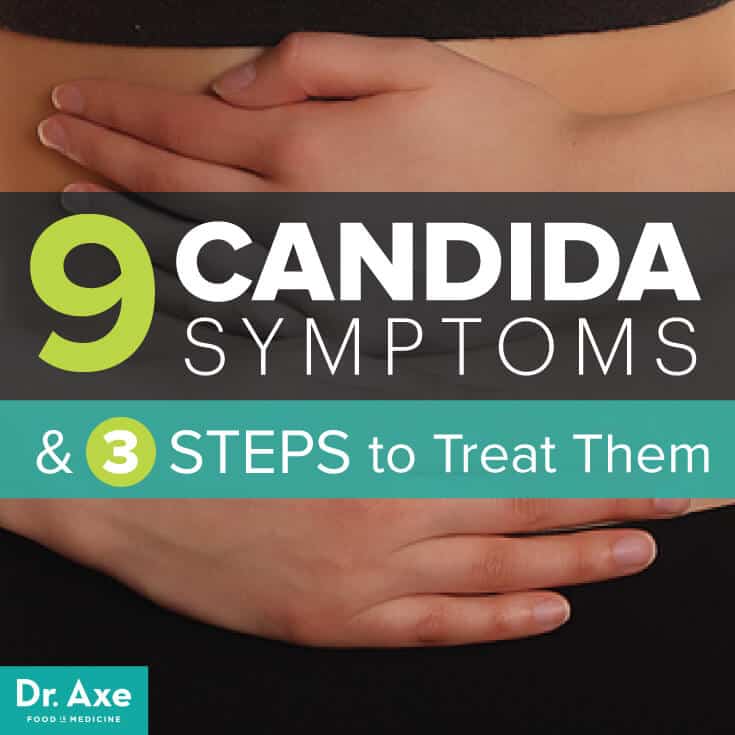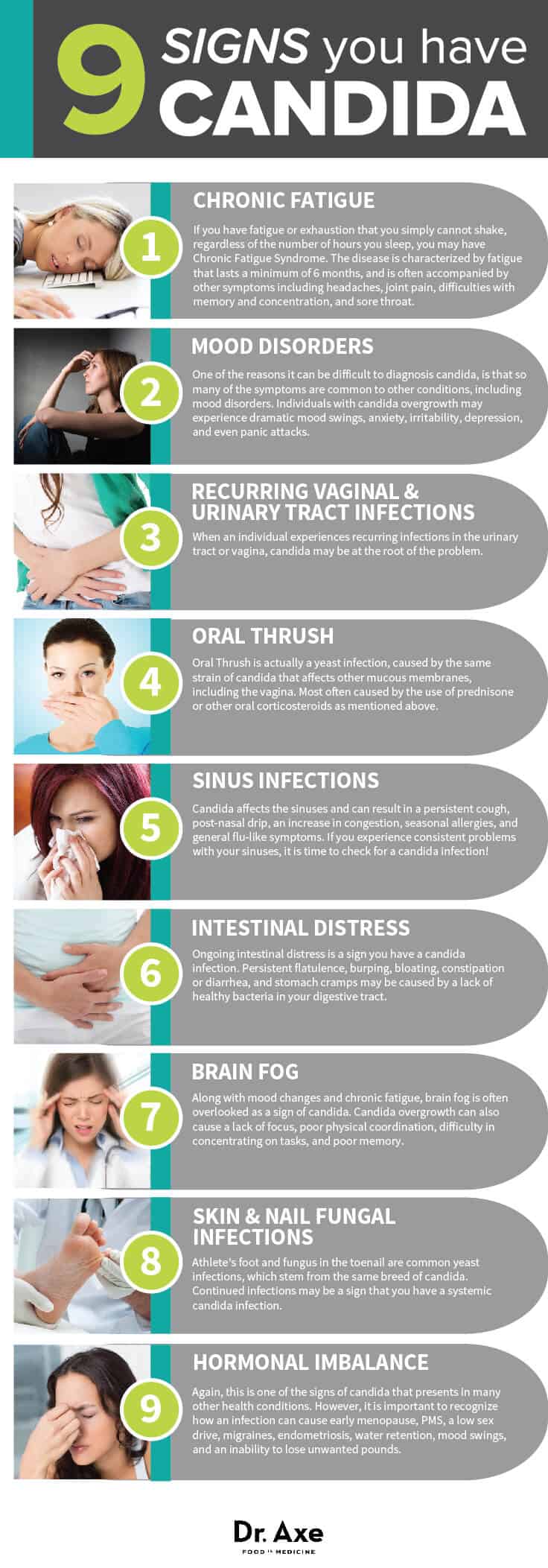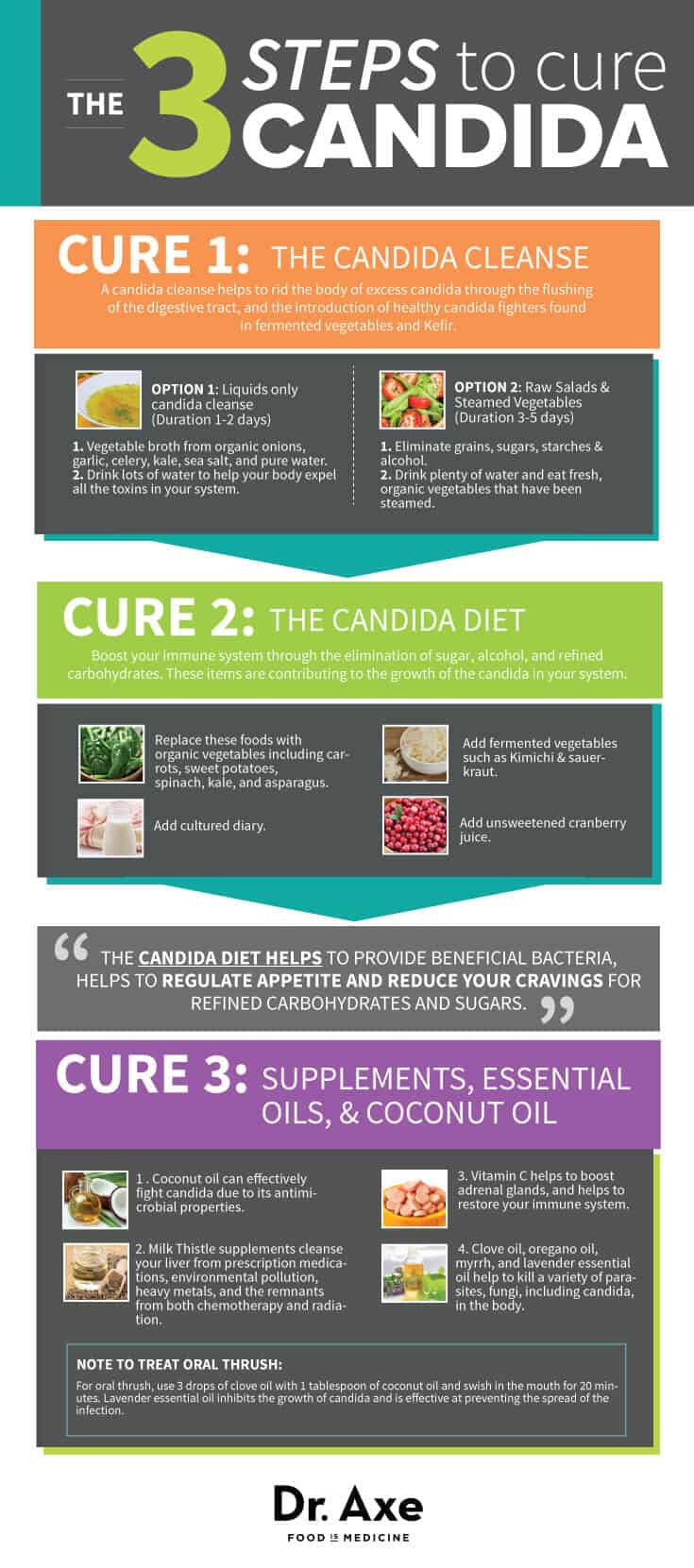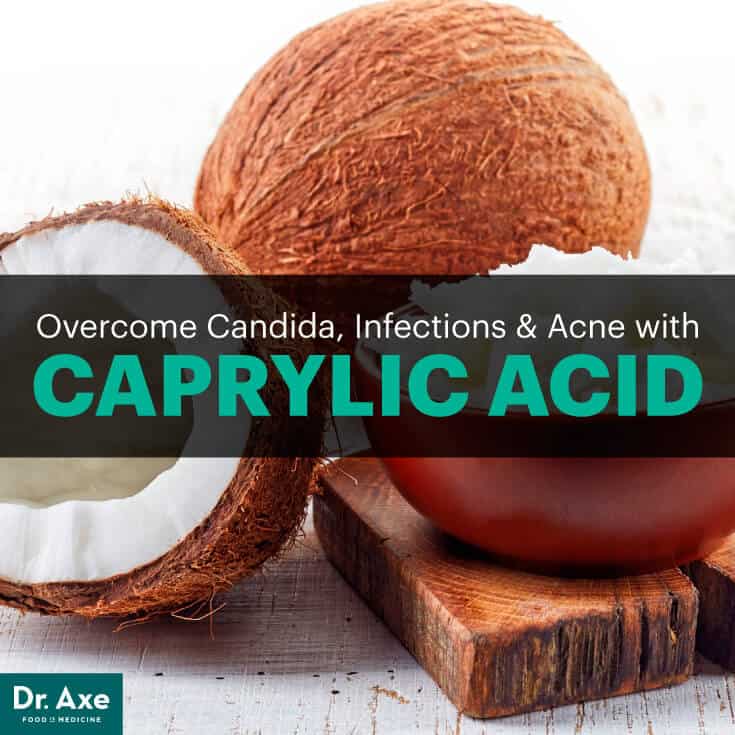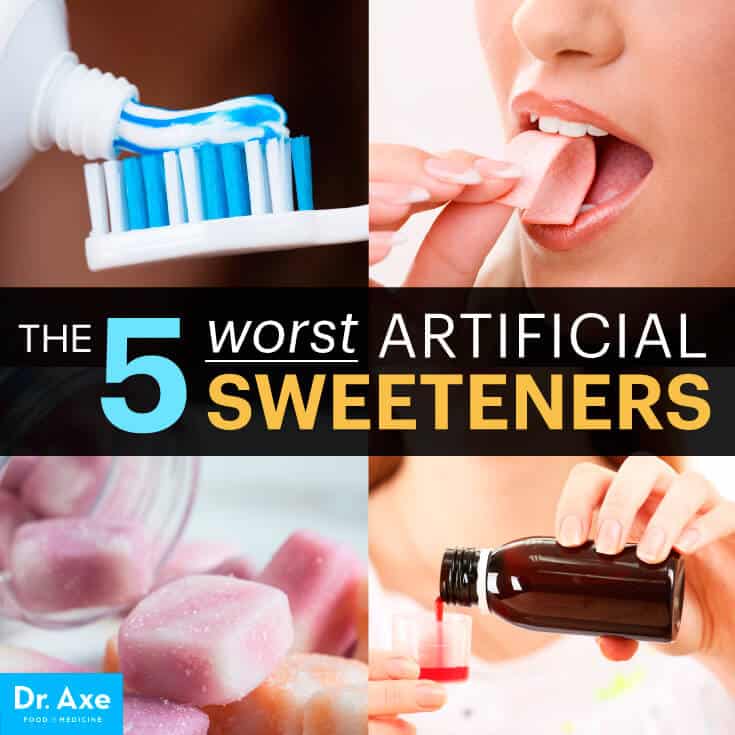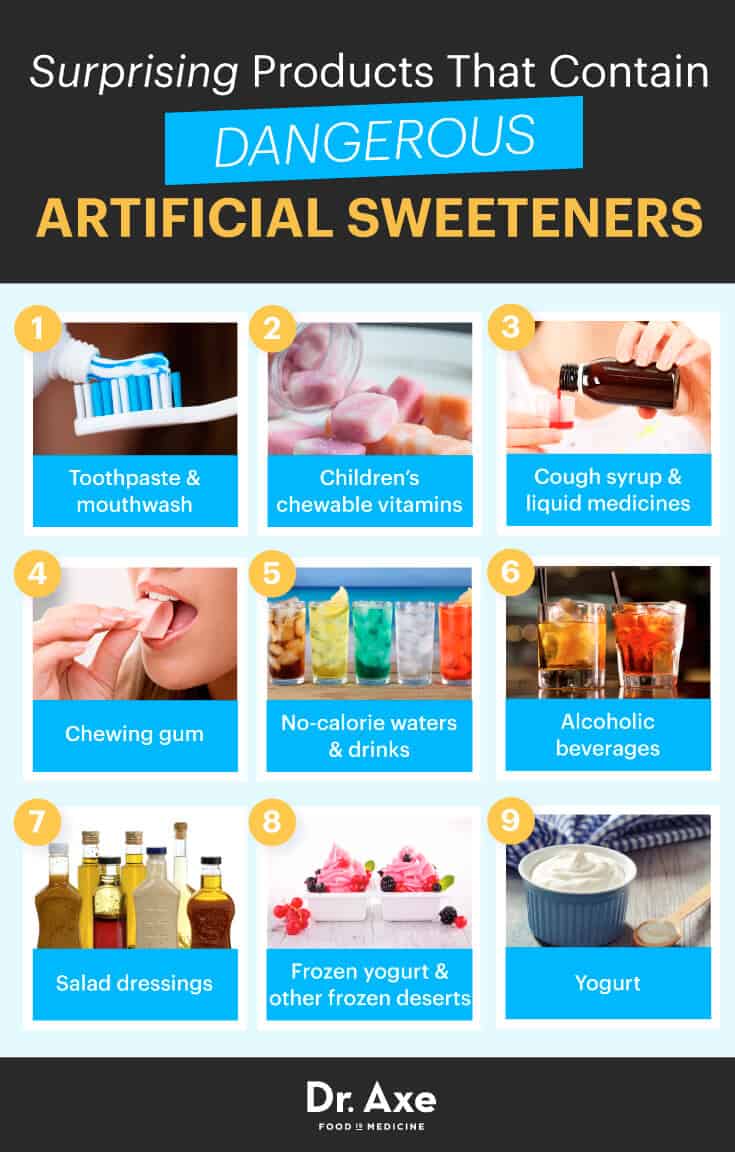The average Nigerian is taking in 400 calories a day from added sugars! And while the consumption of refined sugar is on the rise, so are artificial sweeteners. Artificial sweeteners like Aspartame, Sucralose (Splenda), ACE K and Saccharin have been debated for years in regard to their damaging side effects
While all of these sweeteners are technically “safe,” according to the FDA, they are coming under increased scrutiny because of their side effects. Side effects from artificial sweeteners range from headaches and migraines to shrunken thymus glands, impairment of liver and kidney function, and mood disorders.
Refined sugars aren’t healthy either. Side effects of refined sugars include diabetes, tooth decay, obesity, heart disease, certain types of cancer and even poor cognitive functioning.
Over the last few years, corn growers and affiliated associations have pushed high fructose corn syrup as a natural sweetener. This is simply not true. The vast majority of HFCS is produced from genetically modified corn.
Fructose is a simple sugar that is rapidly metabolized by the liver causing a “sugar high.” This quick-acting sugar is believed to lead to increased storage of fat in the liver, resulting in non-alcoholic fatty liver disease, digestive upset and atherosclerosis.
Fortunately, there are natural sweeteners that are healthy and tasty alternatives to refined sugar, high fructose corn syrup, and artificial sweeteners. According to a study in the Journal of the American Dietetic Association, substituting healthy sweeteners — including blackstrap molasses, maple syrup and honey — can increase the antioxidant intake
This study shows that replacing 130 grams a day of refined sugars (the average intake) with healthy alternative natural sweeteners can increase the amount of antioxidants you consume each day, in amounts similar to that of consuming berries and nuts.
Top 10 Natural Sweeteners
- Raw Honey (1 tablespoon – 64 calories)
- Stevia (0 calories)
- Dates (1 Medjool Date – 66 calories)
- Coconut Sugar (1 tablespoon – 45 calories)
- Maple Syrup (1 tablespoon – 52 calories)
- Blackstrap Molasses (1 tablespoon – 47 calories)
- Balsamic Glaze (1 tablespoon – 20-40 calories depending on thickness)
- Banana Puree (1 cup – 200 calories)
- Brown Rice Syrup (1 tablespoon – 55 calories)
- Real Fruit Jam (varies depending on fruit)
1. Raw Honey
Raw honey is a true superfood and one of my favorite natural sweeteners. It’s packed with enzymes, antioxidants, iron, zinc, potassium, calcium, phosphorous, vitamin B6, riboflavin and niacin. Together, these essential nutrients help to neutralize free radicals while promoting the growth of healthy bacteria in the digestive tract.One tablespoon of raw honey has 64 calories and has less impact on glycemic load than a single banana. It’s important to note that these are the benefits of raw honey. Once honey has been pasteurized, it loses the many of the health benefits that raw honey brings to the table.
Look for local raw honey at farmer markets and directly from local beekeepers. The darker the honey, the richer the flavor and the greater the health benefits.
How to use raw honey:
First, don’t cook with raw honey. Drizzle it on breakfast cereals, over your sprouted grain toast, on yogurt and for salad dressings.
You want to maintain as many of the nutrients in honey as possible, so keep it away from the heat. If you enjoy honey in your tea or coffee, wait until the drink is just tepid enough to sip comfortably, and then add honey to taste.
2. Stevia
Stevia is native to South America and has been used for hundreds of years in that region to support healthy blood sugar levels and prompt weight loss.Today, stevioside, the element in the leaves that makes it more than 200 times as sweet as sugar, is available in liquid drops, packets, dissolvable tablets and baking blends. It has zero calories, zero carbohydrates and none of the nasty side effects of artificial sweeteners, making it an ideal natural sweetener.
Stevia is related to the sunflower, and some people experience a slight metallic aftertaste. If that has been your experience with stevia in the past, try a brand that is higher in the steviosides. Many find it to be sweeter, without a residual aftertaste.
How to use stevia:
Unlike raw honey, stevia is heat stable, so feel free to use it in any way you desire. Remember, it’s 200 times sweeter than sugar, so don’t use it in the same ratio.
For baking, this can present a problem, as refined sugar gives bulk to recipes. However, this can be easily rectified. To make up for the lost bulk when using stevia, use 1/3 to ½ cup of one of the following bulking agents: fresh fruit puree, yogurt, roasted winter squash, two whipped egg whites, or you can use 1–2 tablespoons of coconut flour.
Be mindful to add coconut flour slowly, as it absorbs a ton of moisture. If you are using a recipe you’ve used in the past, make adjustments to get to the consistency you expect.
3. Dates
Dates are loaded with potassium, copper, iron, manganese, magnesium and vitamin B6. From the date palm tree, they are easily digested and help to metabolize proteins, fats and carbohydrates. Evidence shows that dates may help to reduce LDL cholesterol in the blood and may reduce the risk of stroke.How to use dates:
The first step is to make a paste. Date paste can be used one-to-one in most recipes, unlike stevia, and it does add bulk for baking. Soak Medjool dates in hot water until soft. If the water reaches room temperature and the dates aren’t soft enough, soak in hot water again.
Reserve the soaking liquid, as it’s integral to making a good paste! Add the soaked dates to your food processor, along with one tablespoon of the soaking liquid. Blend until smooth. Add more water as needed to create a thick rich paste.
You are looking for the consistency of peanut butter. Use in your favorite cookie or cake recipe to cut out refined sugar and boost the nutrients. You can also use date paste to sweeten your favorite muffins and pies.
For fruit pies, mix 1–1 ½ cups of puree with four cups of fruit, and bake as normal. Depending on the water content of the fruit, you may need to add a thickener, like tapioca.
Try my Raw Brownie Bites when you are craving a chocolate sweet. These yummy bites are backed with nuts and naturally sweetened just from the Medjool dates.
4. Coconut Sugar
Most people have heard about the benefits of coconut water, coconut milk, coconut flour and, of course, fresh coconut. Now, more and more people are using coconut sugar as their natural sweetener of choice because of its low glycemic load and rich mineral content.Packed with polyphenols, iron, zinc, calcium, potassium, antioxidants, phosphorous and other phytonutrients, coconut sugar is versatile and now readily available. Coconut sugar is extracted sap from the blooms of the coconut and then heated. Next, through evaporation, we get coconut sugar.
How to use coconut sugar:
Use coconut sugar in your favorite recipes, for it measures just like sugar! It’s a bit more coarse than refined sugar, but that is okay. Add the amount of sugar that is called for in a recipe to your food processor and give it a whirl until you get the desired texture.
Or you can dissolve the coconut sugar in the liquids called for in the recipe. However, dissolving the sugar is not recommended when making a recipe that calls for “creaming” ingredients together – like for cakes or cookies.
You can even make a confectioner’s sugar substitute quite quickly! For every cup of coconut sugar, add one tablespoon of arrowroot powder and blend until smooth in a clean coffee grinder or high-powered food processor. While this process will never result in as white or silky sugar as commercially produced powdered sugar, it’s a much more healthful solution.
5. Maple Syrup
Native to North America, maple syrup comes in both Grades A and B. While time consuming, maple syrup processing requires only four steps – drilling the hole in the tree, hanging a bucket to catch the sap, boiling to evaporate out the water, and then filtering of any sediment.Maple syrup is an outstanding source of manganese, and contains calcium, potassium, and zinc. (7) Rich with antioxidants, this all-natural sweetener helps to neutralize free radicals and reduce oxidative damage. Select darker, Grade B maple syrups, as they contain more beneficial antioxidants than the lighter syrups. (8)
How to use maple syrup:
Maple syrup is heat stable, so you can use it in virtually any application. Add it to marinades, glazes an sauces and use for baking. Use it to sweeten homemade granola and your morning coffee or tea.
For a glaze for cookies or cakes, heat until just barely simmering and add the coconut-powdered sugar from above. Stir until smooth, allow to cool to room temperature and then drizzle away!
Try my Maple Glazed Rosemary Carrots as a delicious side dish to accompany your favorite grilled grass-fed meats or free-range poultry.
6. Blackstrap Molasses
Organic blackstrap molasses is highly nutritious, rich in copper, calcium, iron, potassium, manganese, selenium and vitamin B6. Sugarcane and beet molasses has the highest phenolic content and antioxidant activity when compared with refined sugar, beet sugar, rape honey, corn syrup, and dates. (9)There are several types of molasses, depending on which level of processing it has gone through. All molasses is obtained from raw cane sugar, made by boiling it until it’s a rich sweet syrup. Blackstrap molasses comes from the third boiling, concentrating its nutrients and providing for its deep rich flavor.
How to use blackstrap molasses:
Molasses has a unique, rich flavor. It may not be appealing for some to use for topping toast, porridges or other concentrated applications. However, it’s a perfect sweetener for marinades and to use in baking.
You can even make a brown sugar alternative by adding two tablespoons of molasses for each ½ cup coconut sugar a recipe calls for. Put the coconut sugar and the molasses in a food processor, and pulse until the consistency of commercial brown sugar is reached.
Try my Gluten-Free Gingerbread Cookies that are naturally sweetened with Medjool dates and blackstrap molasses for a healthy alternative to store-bought cookies.
7. Balsamic Glaze
Balsamic vinegar is rich in antioxidants that destroy free radicals, rich in the enzyme pepsin that helps to promote healthy digestion, and it tastes great. That’s why it’s included in my Healing Foods Diet.How to use balsamic glaze:
Balsamic glazes are available in natural health food and gourmet stores, but you can also quickly make your own glaze at home. Simply simmer two cups of balsamic vinegar over medium-low heat, stirring frequently, until it’s reduced to one-half cup.
This process can take anywhere from 15 to 30 minutes. It will thicken further upon cooling. Drizzle the glaze over grilled wild-caught salmon, over raw cheese or even fresh berries to bring a natural sweetness and a bit of a tang.
8. Banana Puree
Bananas are rich in fiber and potassium, and a good source of vitamins B6 and C. They are also naturally sweet with a subtle flavor, making them a perfect natural sweetener.How to use banana puree:
First, overripe bananas are the best to use when replacing refined sugar in recipes. They are sweeter and puree well. For every cup of sugar called for in a recipe, use one cup of banana puree. To make the puree, add bananas to a food processor with a tablespoon of water and blend. Add more water if necessary to reach the consistency of thick applesauce.
As bananas brown when exposed to air, use as quickly as possible in recipes. If you are using banana puree in raw preparations, add one teaspoon of fresh lemon juice to the food processor to help retard the oxidation process.
9. Brown Rice Syrup
Brown rice syrup starts with brown rice that is fermented with enzymes to break down the starch. The liquid is then heated until the syrup consistency is achieved. The result? A thick, amber-colored, sweet syrup perfect for recipes calling for corn syrup and other unhealthy sweeteners.The fermented process helps to break down the sugars into ones that are easily digestible. The fermenting process is key – some brown rice syrups are fermented with barley enzymes, meaning it contains gluten. Purchase brown rice syrups that are labeled gluten-free.
How to use brown rice syrup:
As mentioned above, brown rice syrup is the perfect replacement in recipes that call for corn syrup. Use a one-to-one ratio. To replace regularly processed white sugar, use one cup for each cup of sugar called for and decrease liquid in the recipe by ¼ cup.
Use brown rice syrup to make healthy granola bars and granola, nut clusters, and to sweeten nut and fruit pies.
10. Real Fruit Jam
The key here is real fruit jam. Berries, stone fruit, apples, pears and grapes are great replacements for sugar in recipes. You can use commercially available fruit jam; just be sure there is no added sugar or pectin. It’s better to make your own sugar-free jam with organic fresh or frozen fruit. It’s easy and economical.How to use real fruit jam:
Replace sugar in recipes at a one-to-one ratio, decreasing the liquid in the recipe by ¼ cup. Or, for recipes that don’t have added liquids, you can add a tablespoon of coconut flour to thicken the recipe as desired.
To make your own fresh jam, combine four cups of your favorite fruit or berry in a saucepan with ½ cup water. Bring to a simmer, stirring frequently. Simmer until fruit has broken down and has started to thicken. Puree in a food processor and use immediately.
For a tasty apple pie, simmer 1/2 cup of peeled diced apples, with one cup of green grapes until soft. Puree in the food processor until smooth. Toss with sliced apples, a touch of cinnamon and bake as directed. The grapes will add a subtle sweetness while the natural pectin in the apples will help to thicken the pie.
Living healthy doesn’t mean you have to give up sweets entirely; it just means you need to replace unhealthy refined sugars and artificial sweeteners with these natural sweeteners. Each of these has a best use, and some recipe modification will be necessary. Explore and find what natural sweetener you like best.
